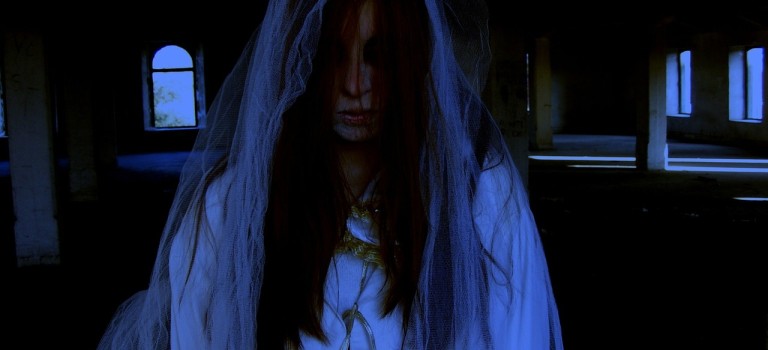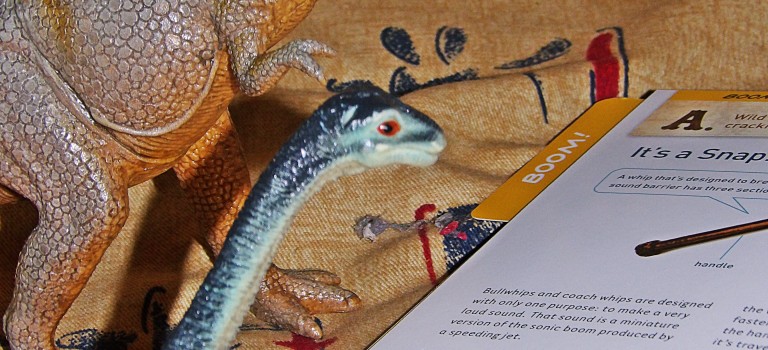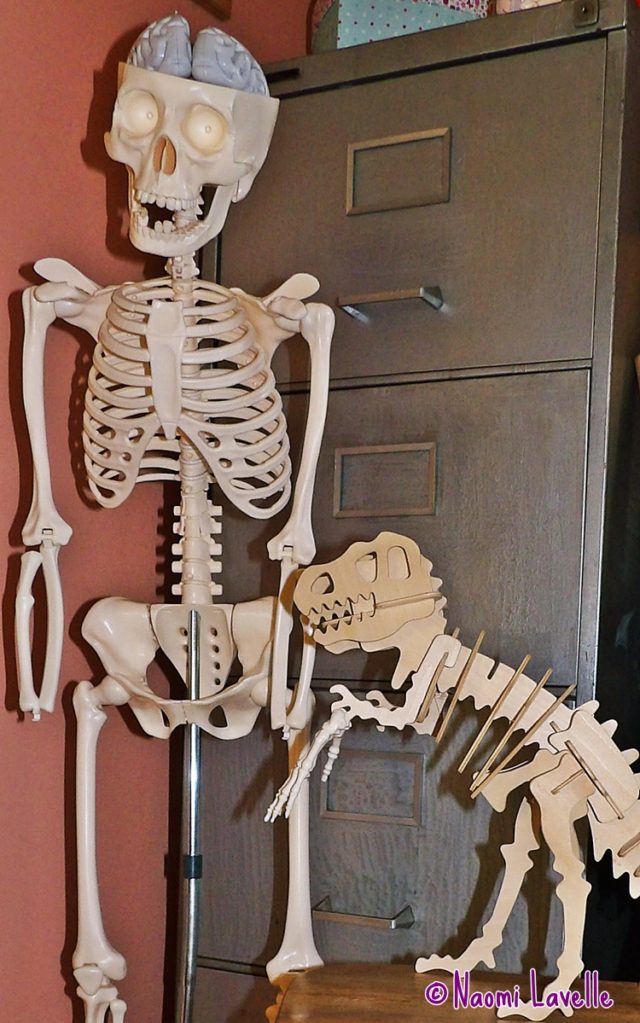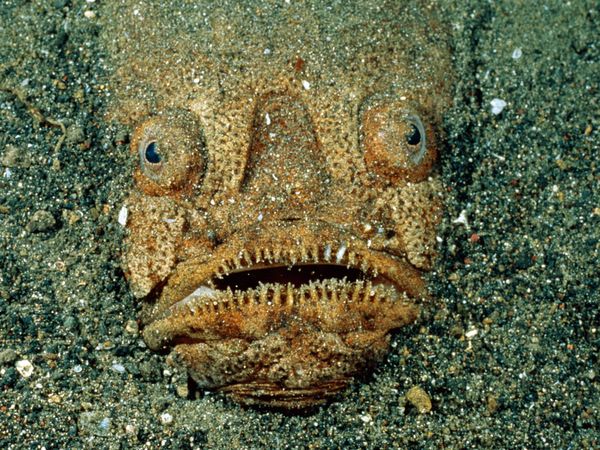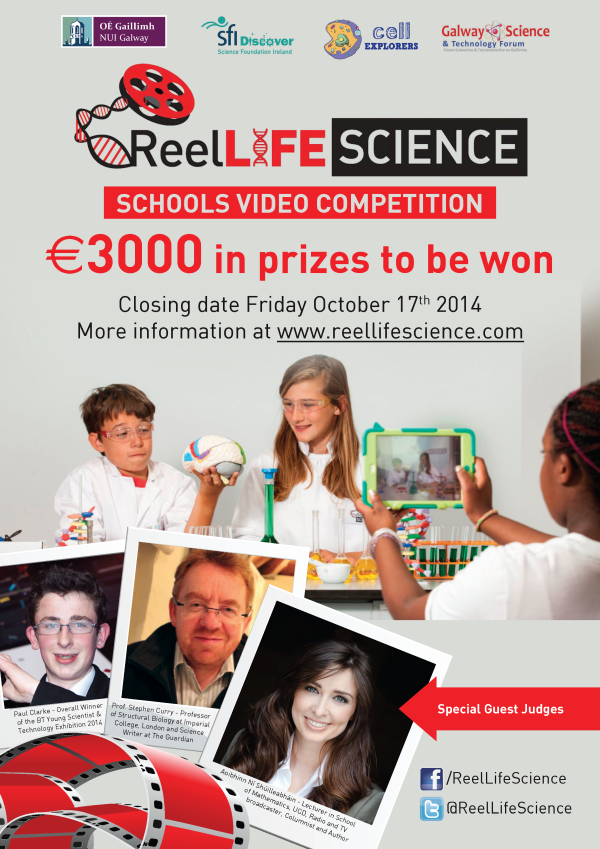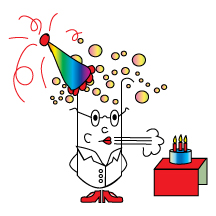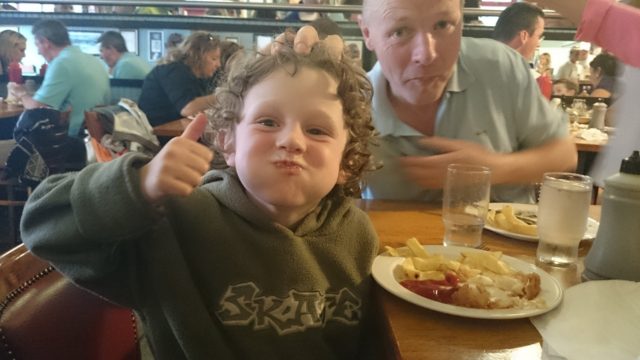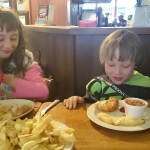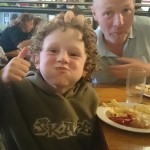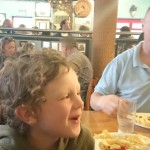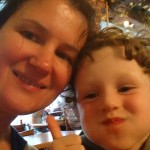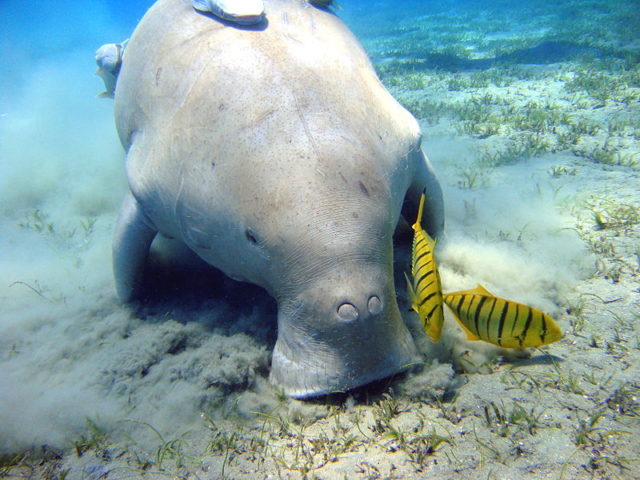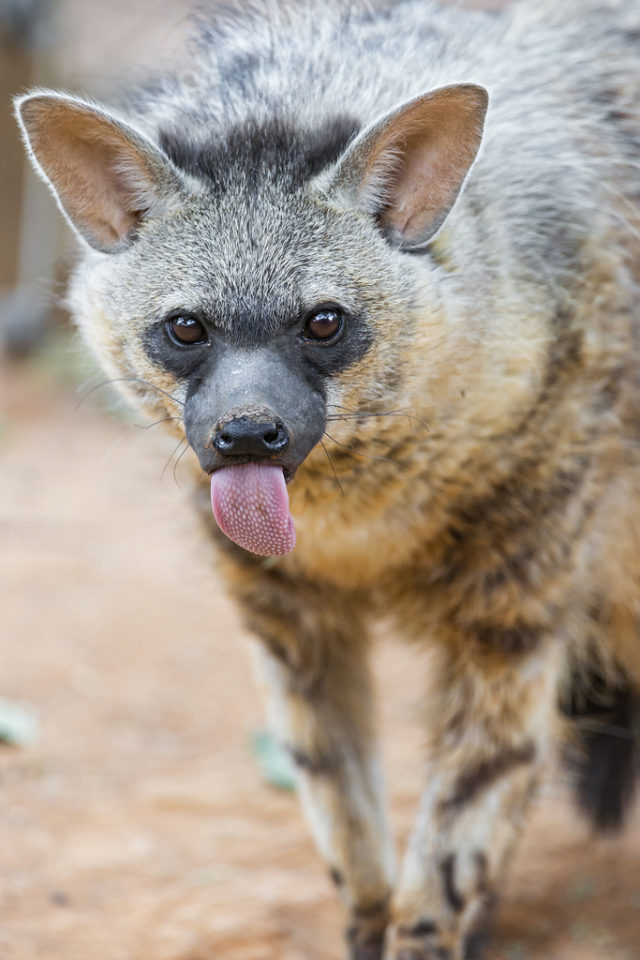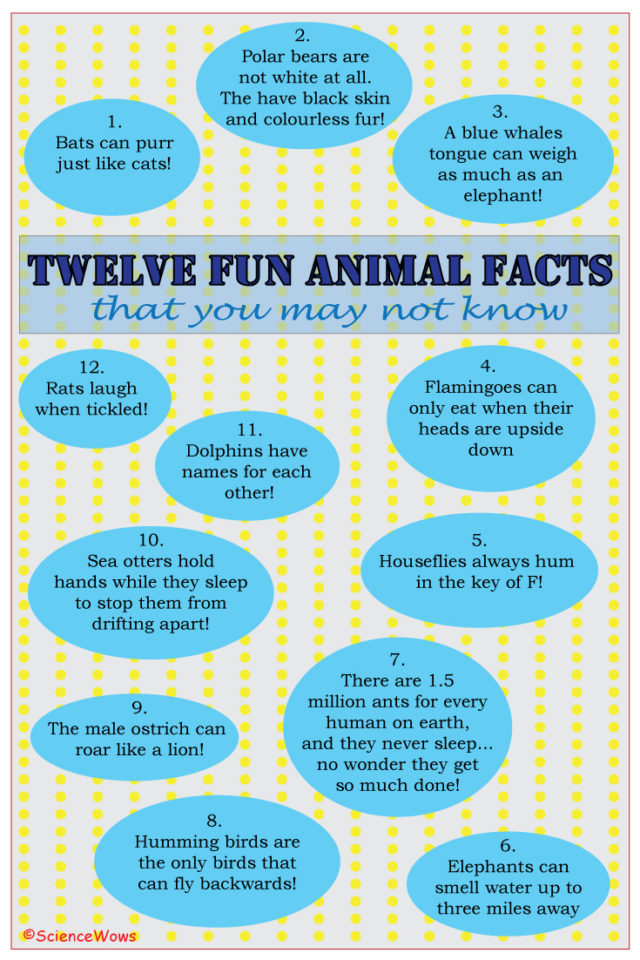There is no denying that I find the science of sound fascinating. You can find a number of posts on it on this blog; And usually in October, if you called to my house, you’d find me in the middle of test running some new experiments for the Science of Sound workshops I run for the Galway Science and Technology Festival. All this obsession has led me to some really interesting theories, like this one…
Sound can make you see ghosts!
Image credit: Adina Voicu via Pixabay
Normal human hearing is said to be in the range of 20 to 20,000 Hz (hertz). Too high and we tend to feel pain, too low and we appear to hear nothing. There are not too many natural sounds at the higher end of the human hearing range, but there are plenty below the range. These low-frequency sounds are called infrasound and examples include sounds made by elephants and dolphins to communicate long distances, thunderstorms and other strong weather conditions, ocean waves, whistling pipes and even trains travelling on tracks.
We do not consciously hear these sounds, but they do seem to have an effect on our bodies, both physiologically and psychologically. If we consider sound as a vibrating energy then our bodies may be able to detect these vibrations without our conscious awareness. Just because the vibrations are too low for us to audibly perceive them as sound, does not mean that our bodies do not still react to these vibrations. In fact, people often report feelings of anxiety, panic or fear when exposed to infrasound. This may be explained by a natural unease to a stimulus that we are not consciously aware of; or it may also be a natural response to situations of danger, where such low-frequency sounds are common, such as thunderstorms, earthquakes etc.
There is another phenomenon sometimes connected to these infrasounds… distorted vision, hallucinations and often, reported sightings of ghosts. So what is going on there?
There is a story that an engineer, called Vick Tandy was working alone in a medical lab one evening in the 1980s. There were already reports that the lab was haunted. Vick reported suddenly feeling anxiety, cold and unease with a sense that he was being watched. He then noticed a grey object floating into in his peripheral vision. When he turned to look directly at it, it disappeared, as indeed did Vick, heading straight for home. Soon after, while again working in the lab, Vick noticed a clamped piece of thin metal foil was vibrating. This awakened the scientist within and he began to investigate. His investigation led to his conclusion that these vibrations were due to sound waves being bounced from wall to wall within the room and resulting in a standing wave at the centre of the room. When he measured the frequency of this sound wave it was about 19Hz, just below the range of audible human sound. Vick was also aware that this was within the frequency range within which the human eyeball resonates. He ultimately deduced that the ‘haunted’ aspect of the lab were a result of infrasound; the feelings of anxiety, cold and doom were the bodies reaction to the specific frequency of sound and the ghost sighting were an optical illusion created by the resulting vibrations of the human eyeball. The source of the infrasound? A newly installed extractor fan!
Tandy used his newfound concept to investigate for low frequency sound waves in other locations, reported to be ‘haunted,’ and reported recording levels of approximately 19Hz at these other sites. Others have tried to investigate Tandy’s theory on infrasound and the paranormal. Some dispute his findings entirely; some claim it is oversimplified and other factors, such as electromagnetic fields, should be taken into account. One study tried to create a ‘haunted room’ using infrasound, but concluded that the results they recorded could be due to suggestiblity.
So it would appear the jury is out on this one, science may not yet have full explained away the paranormal! However, if you ever get a spooky feeling of unease or think you have just seen something ghost like, don’t panic! It might just be your eyeballs resonating in response to some low frequency sound!
